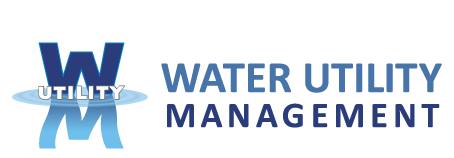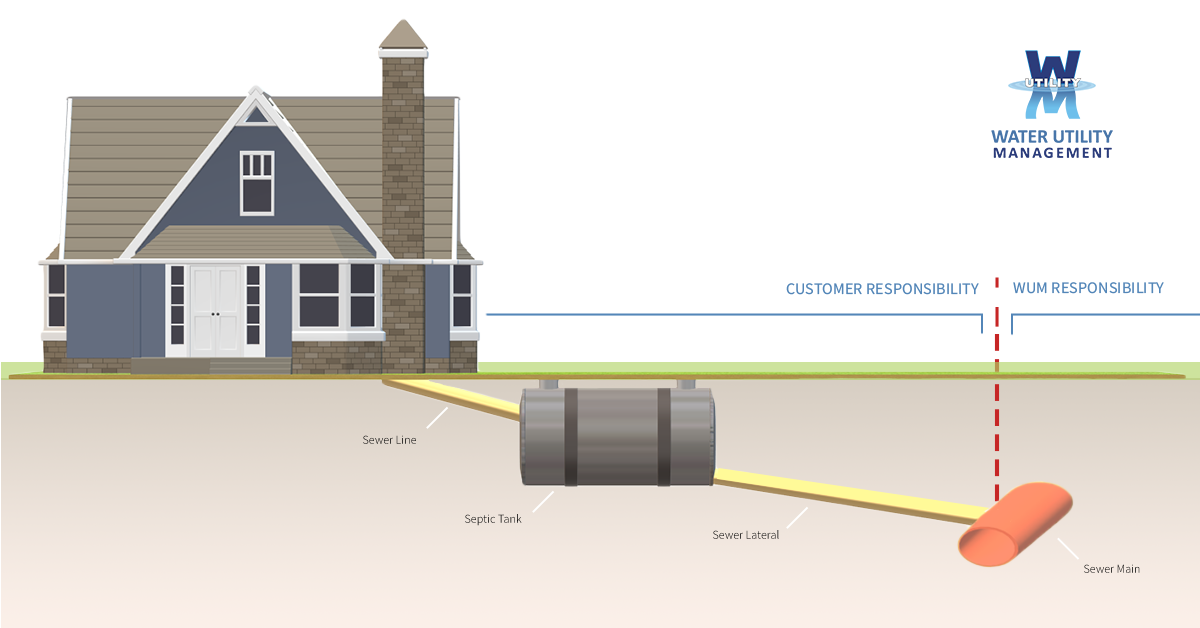Wastewater Services
Sewer Collection & Treatment Services Division
In addition to providing Drinking Water Services to our customers, Water Utility Management also owns and operates a combined total of more than 20 Wastewater Systems. If your service area does not receive wastewater services from WUM, this information may be disregarded.
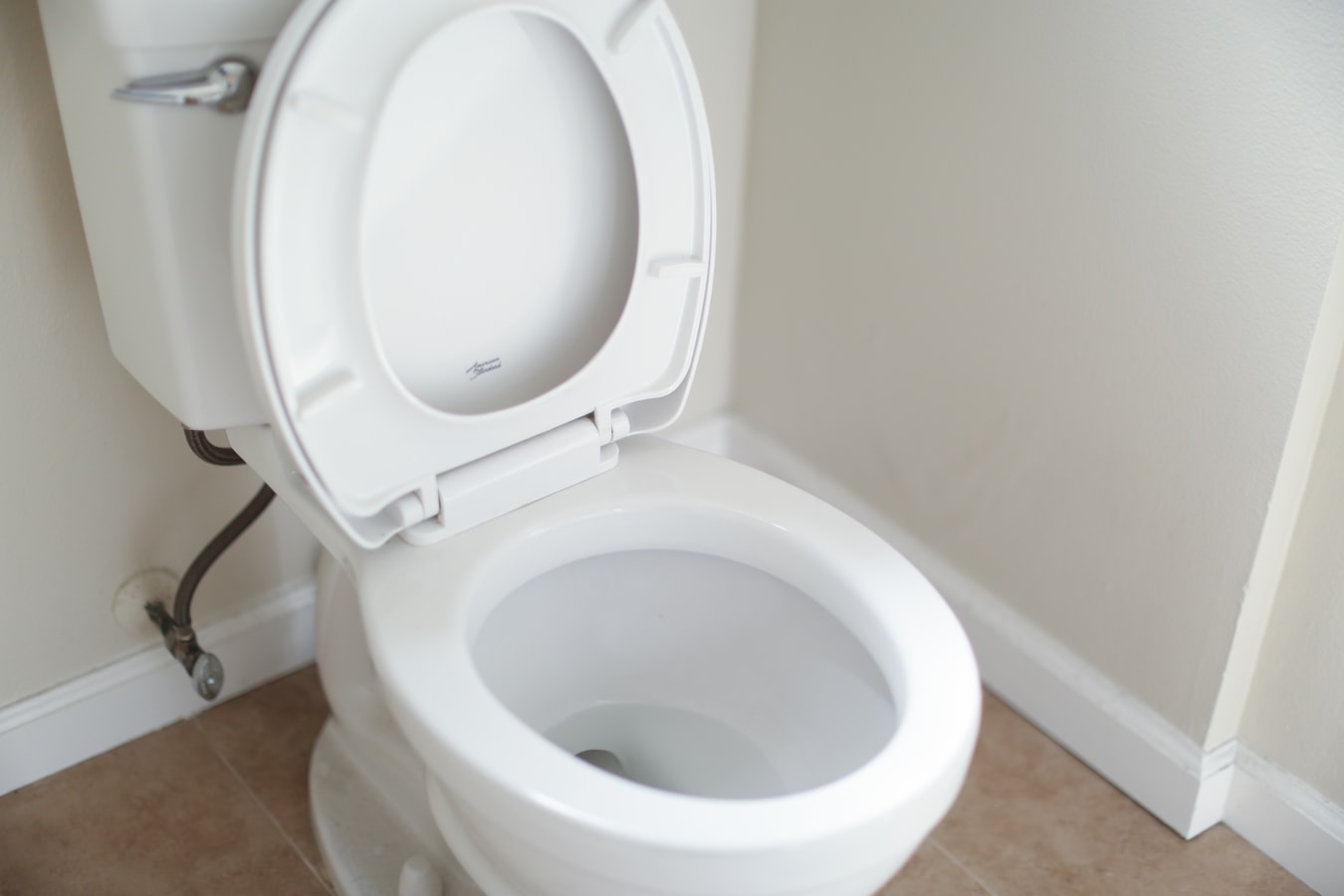
Do We Provide Your Wastewater Services?
Great! We are happy to provide this additional service. Please call our office for further assistance or to report any issues in service.
Not sure if we are your wastewater provider? Simply check your bi-monthly bill for additional services through WUM.
Not sure where WUM’s responsibility ends and yours begins?
Not sure where WUM’s responsibility ends and yours begins?
A brief description is listed below for reference:
UTILITY RESPONSIBILITY
Sewer Main – Can be described as the main receiving pipe or chamber from the customer’s sewer service line or septic tank that is usually located near or in the street outside of the customer residence.
Sewer Lift Station – Can be described as the receiving station that collects all wastewater from the sewer mains, with pumps that transport the wastewater to the wastewater treatment facility or directly to the wastewater drain field.
Waste Treatment Facility – A containment facility that treats wastewater through a biological process before discharging to a sewer drain field or other approved method.
Sewer Drain Field – The Disposal field where gray water (or treated wastewater) is disposed of and absorbed through the ground.
HOMEOWNER RESPONSIBILITY
Sewer Lateral – Can be described as the sewer pipe that drains water from the customer’s residence or septic tank to the WUM sewer main.
Septic Tank – Can be described as the tank that receives water and wastewater from the customer’s home that stores used water contaminants such as toilet paper, waste, and sludge. The remainder of the “gray water” travels down the pipe to the sewer main and then to the sewer lift station or waste treatment facility for treatment. WUM recommends a Septic Company pump out the solids every 3-5 years to alleviate any backups in your home. You should also clean or replace the filter (if applicable) on the discharge side of the septic tank every 6 months.
Sewer Line – Any sewer line found in the home that drains used water directly to your septic tank or sewer lateral.
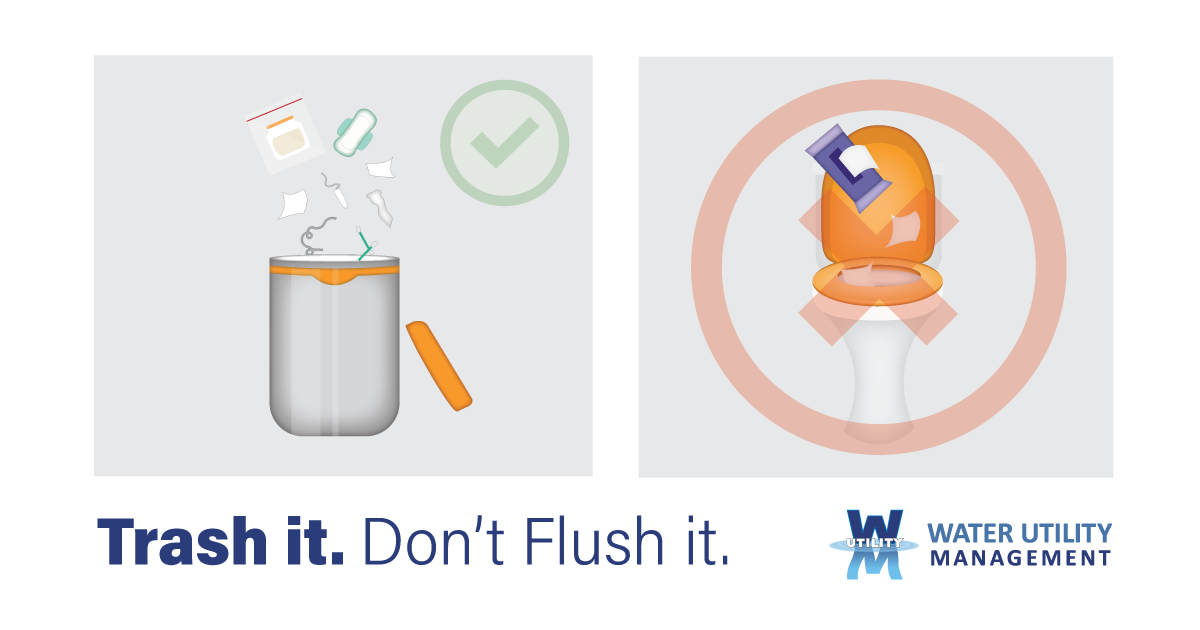
NEVER FLUSH ITEMS BESIDES TOILET PAPER
The only thing acceptable to flush down the toilet is toilet paper. Wipes and cloth, even those wipes labeled “flushable” or “Sewer Friendly”, do not dissolve like toilet paper and can snag or settle in the sewer system and begin blocking pipes. When combined with grease, they cause clogs quickly, and lead to sewer backups or damaged pipes. Wipes do not shred like toilet paper, the strings and fibers become tangled in pump impellers and have the ability to cause further damage. Flushing something down the toilet or pouring it down the drain may seem like you are disposing of it forever, but many items can remain in your pipes or in the sewer system just outside your home. Please help us prevent these items from causing sewage backups and from damaging wastewater equipment. We appreciate your time and thank you for your help in this area.
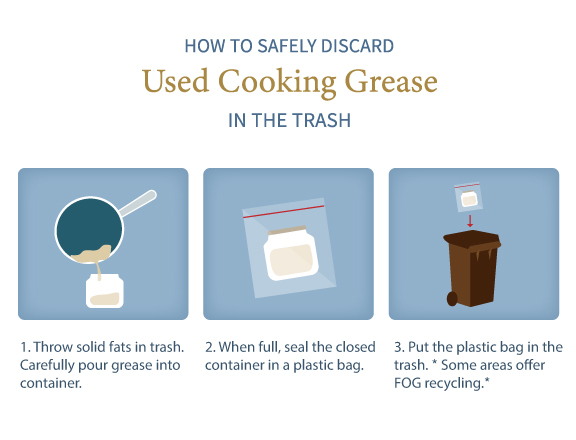
FOG CLOGS: NEVER POUR FATS, OIL, OR GREASE DOWN THE DRAIN

NEVER FLUSH ITEMS BESIDES TOILET PAPER
The only thing acceptable to flush down the toilet is toilet paper. Wipes and cloth, even those wipes labeled “flushable” or “Sewer Friendly”, do not dissolve like toilet paper and can snag or settle in the sewer system and begin blocking pipes. When combined with grease, they cause clogs quickly, and lead to sewer backups or damaged pipes. Wipes do not shred like toilet paper, the strings and fibers become tangled in pump impellers and have the ability to cause further damage. Flushing something down the toilet or pouring it down the drain may seem like you are disposing of it forever, but many items can remain in your pipes or in the sewer system just outside your home. Please help us prevent these items from causing sewage backups and from damaging wastewater equipment. We appreciate your time and thank you for your help in this area.
FOG CLOGS: NEVER POUR FATS, OIL, OR GREASE DOWN THE DRAIN

As the utility provider, we would like to remind customers that WUM maintains our equipment through inspections, routine maintenance, and cleanings. If a customer experiences any backups or problems in their sewer system, WUM will be glad to schedule a day and time to meet for further investigation in order to identify a timely and accurate resolution. However, if the issue occurs on the customer’s side, it would be the customer’s responsibility to contact a plumber to identify and address any issues that may be present before contacting our office.
